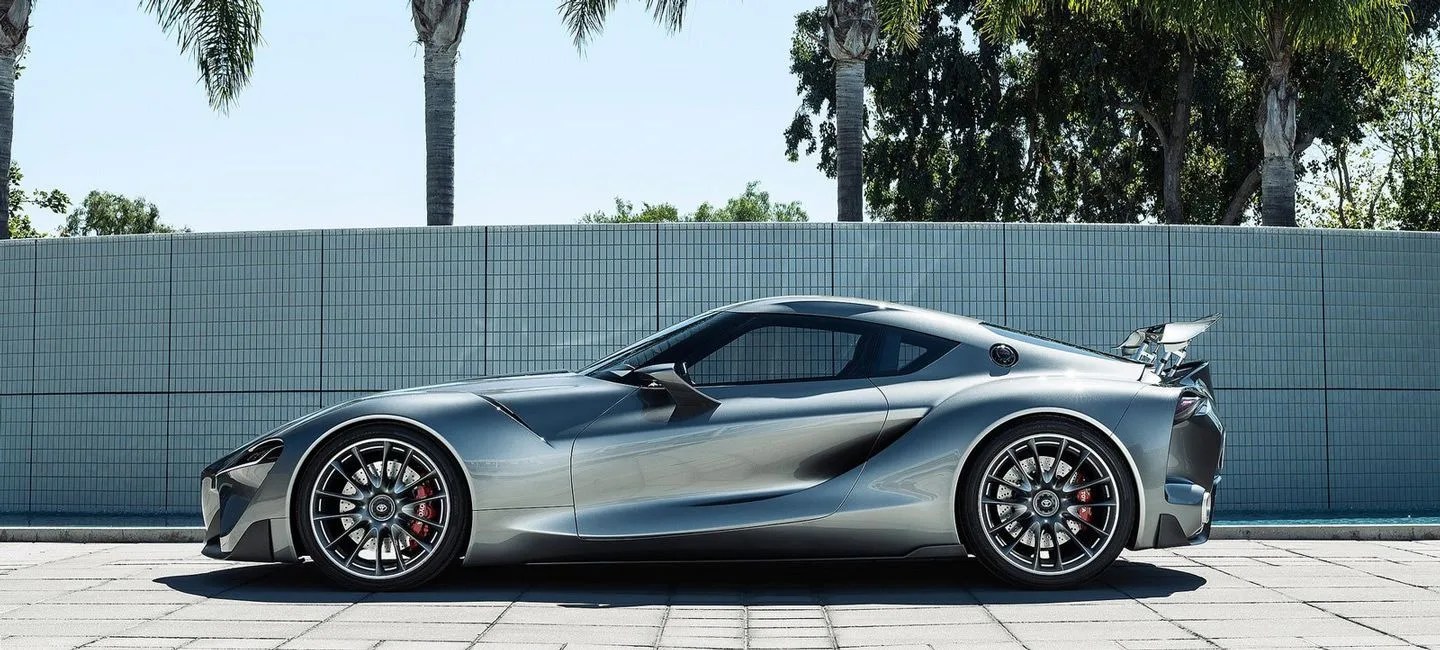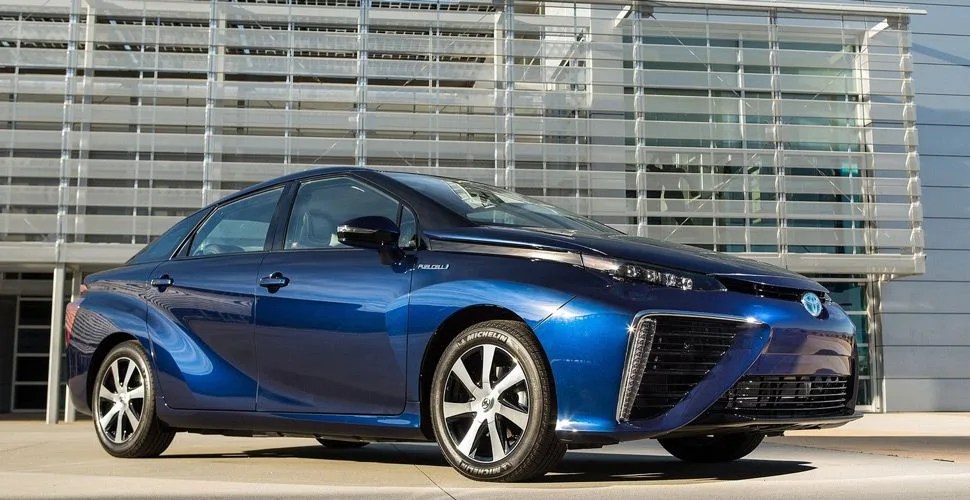The President and CEO of Toyota Motor Corp, Akio Toyoda, took the reigns of the Japanese automaker in 2009 — a time when Toyota desperately needed to turn the brand around. They’d come off a rough stretch. During the economic downturn of 2008, Toyota sales took a beating. Then, their reputation got pummeled with the whole unintended acceleration mess and subsequent recall. And as a face to all the internal disaster, everything in their lineup in the late ’00s was as dull as dirt. Toyota needed a new navigator, and they took Toyoda as their man.
MORE STRONG OPINIONS: In Defense of the Traditional Watch | The Bizarre Success of the BMW X6 | Where Green is Going: The Future of the Hybrid Vehicle
Since the transfer of power, Toyota’s offerings have changed dramatically. The Avalon no longer looks like a sled for the geriatric. The new Highlander is one of the best-looking large crossovers on the market. And even we wouldn’t be that embarrassed to tool around the streets with the current Yaris, which now looks more like a pocket racer than transportation for Hello Kitty.
Toyoda uses the Japanese expression waku-doki, the idea that cars should “elevate the pulse”, not deaden the senses.
But the most dramatic changes came in the form of the new Corolla and Camry — big sellers that didn’t really requires sales assistance. The last Camry was the best-selling car of 2014, with 428,606 units sold, destroying the Honda Accord by nearly 40K units. The previous-generation Corolla sold 302,180 cars, taking second place in the 2013 small sedan sales battle. Clearly, both Toyota cars are evidence that you don’t have to quicken the pulses to get people to buy.
But Akio Toyoda cared about more than just sales. He wanted to reinvigorate the brand, and he created rakish new redesigns of his bread-and-butter cars. No longer does the Corolla look like a Camry afterthought. And the lines of the new Camry are slick and aggressive, looking nothing like the previous-generation cars despite the fact that the upgrade was only a mid-cycle refresh, not an all-out new car. Toyoda uses the Japanese expression waku-doki, the idea that cars should “elevate the pulse”, not deaden the senses. We’re not convinced Toyoda has accomplished this across the board, but he’s certainly made headway. Still, it takes more than doing a remake of existing cars to make inroads in redefining a brand.
Toyota’s reputation as the staid family brand is deeply entrenched, and that’s a high hurdle to overcome for Calty, Toyota’s famous design studio. To this end, over the past two years, Toyota has unveiled two concept vehicles for all the world to see — and they couldn’t be more different.

